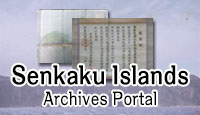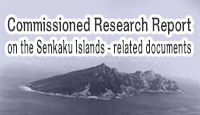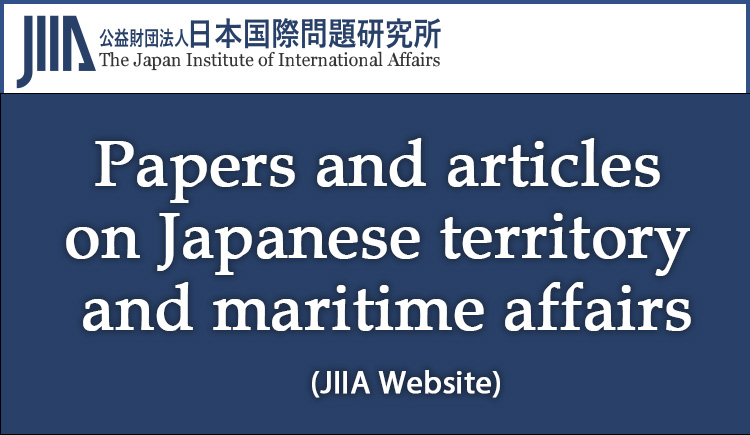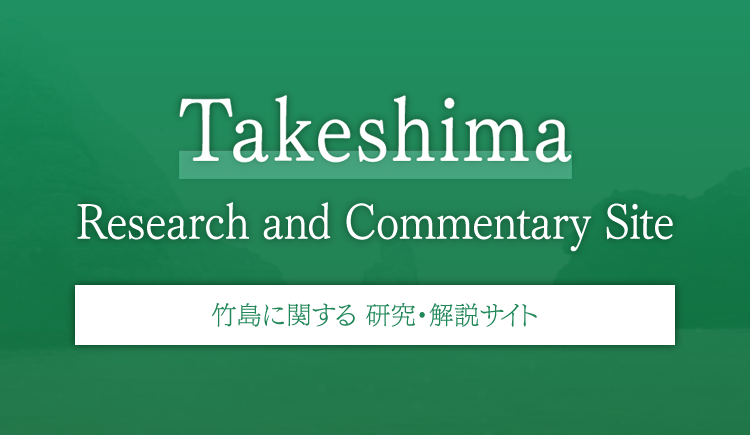The documents and materials published on this website were collected, researched, and prepared with advice from experts, as a part of a Government-commissioned project. The contents of this website do not reflect the views of the Government. Links to external sites (domains other than https://www.cas.go.jp) are not under the management of this site. For linked websites, please check with the organization/group that manages the website for the link in question.
Commentary on themes by historical period
Classification by historical periods III
From the Cabinet decision to
incorporate the Senkaku Islands into Japanese territory until the end of World War II
(1895-1945)
(4) Development of the Senkaku Islands
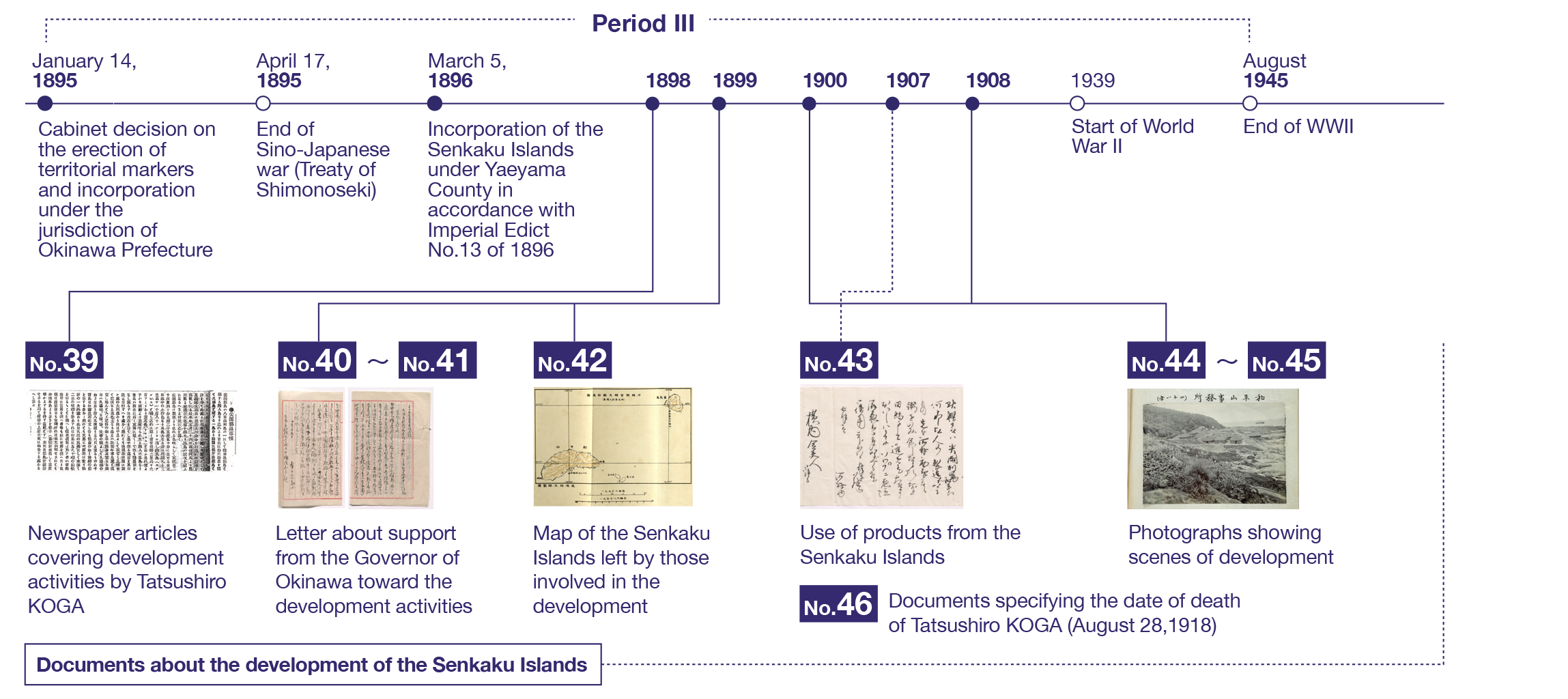
i. Start of development by Tatsushiro KOGA
In 1896, the year after the incorporation of the Senkaku Islands into Japanese territory, four
state-owned islands (Minamikojima, Kitakojima, Uotsuri, and Kuba Islands) were leased to Tatsushiro
KOGA (a marine product merchant from Fukuoka Prefecture) at no charge. In March 1897, 35 migrant
workers were sent to the Senkaku Islands to collect albatross feathers and to begin developing the
islands. Development thus commenced, with priority given to Kuba IslandNo.39.
However, due to inconvenient transportation, the development work ran into difficulties. To tackle
this problem, KOGA requested the Governor of Okinawa Prefecture (Shigeru NARAHARA) to allow steamers
operated by Osaka Shosen to call at the islands. These facts were confirmed through our
researchNo.40
No.41. The map prepared by those engaged in the development of the Senkaku
Islands show the berthing position of the steamers
No.42.
As the feather collection business expanded, the albatross population declined sharply. In order to continue with the development of the Senkaku Islands, KOGA drew up plans for bonito fishing and dried bonito production as a new business. He built a production plant on Uotsuri Island, and expanded his business using the island as its base.
Around 1908, the dried bonito production business got on track. Around this time, as the development of the Senkaku Islands by KOGA reached its peak, the total number of migrant workers amounted to 248 people in 99 households (*1).
ii. Development of the Senkaku Islands and dried bonito that were highly recognized
As the development of the islands progressed, KOGA’s activities were accorded a high level of social recognition. In 1909, in light of his achievements for the development of the Senkaku Islands and as a marine product merchant in Okinawa Prefecture, he was presented with the Medal with Blue Ribbon. (*2)
In addition, the dried bonito produced on the Senkaku Islands also had a good reputation
(*3), and were used as gifts. In FY2019, a letter (a duplicate of the original, provided
by the Naha City Museum of History) was found to mention dried bonito made on Uotsuri Island being
presented as a get-well gift from the wife of an administrative official of Okinawa Prefecture
(Yasaburo KAWAMURA) to the wife of Tasuku YOKOUCHI, who also worked in the Governor’s
Secretariat.No.43.
iii. Photographs showing the progress of development
Based on information provided by individuals, our research has confirmed the photographsNo.44 enclosed in the
document “On the matter of the bestowing of the Medal with Blue Ribbon to Tatsushiro KOGA”,
photographs of the dried bonito production factory as it entered its peak period, and other valuable
photographs, believed to have been taken around 1908, of island residents
No.45.
iv. Succession of the development project
Tatsushiro KOGA passed away in 1918, and the businesses on the Senkaku Islands were taken over by his son Zenji KOGA.
Our research carried out in FY2019 confirmed the existence of an Official Gazette showing the
date of death of Tatsushiro KOGANo.46.
Summary: The government has supported the development of the Senkaku Islands, and products acquired from the business activities on the Senkaku Islands have been actually used.
*1 “On the matter of the bestowing of the Medal with Blue Ribbon to Tatsushiro
KOGA” (in the collection of the National Archives of Japan)
*2 He was the second person from Okinawa Prefecture to receive the award, after
Wasaburo MATSUDA (head of Zamami-magiri, Okinawa Prefecture).
*3 The Okinawa Mainichi Shimbun dated May 25, 1909 reported that the dried bonito
produced by KOGA was ranked second (Silver Medal) at the Dried Bonito Fair and Spot Sale organized
by the Japan Fisheries Association, and 10 kanme (equivalent to 37.5 kg) of the bonito was sold for
53 yen and 50 sen.
Senkaku Islands
Research and Commentary Site
- I Comprehensive issues
- II Commentary on themes by historical period
- III Analysis of claims by other countries

